The mystery of the night district of 3000 billion in the mouth of Empress Dowager Cixi: China can't recover it!
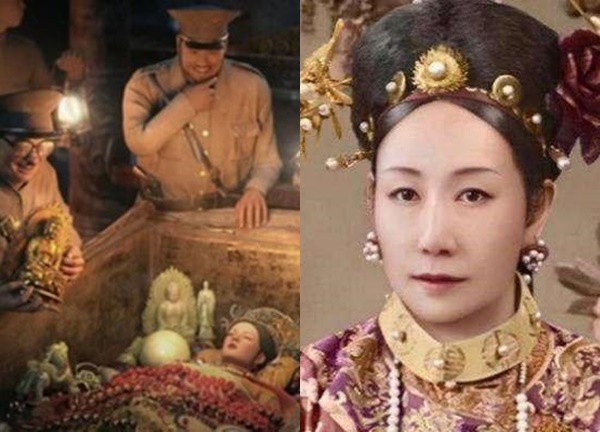
4 | 0 Discuss | Share
It turned out that Emperor Ung Chinh's life in the palace was not boring. This is evidenced through the fun activities in the painting for nearly 300 years. What is that?
In Chinese history, many emperors who were promiscuous and played around, such as Duong Hien Ton very much like "marriage" of prostitutes, Tong Huy Ton fell in love with the famous green floor girl Ly Su Su, Minh Vu Ton also often often lead his entourage to sneak out of the palace to "eat clumsy". However, there were also emperors with healthy hobbies, including Ung Chinh.
Yongzheng (1677 - 1735) was the fourth son of the Kangxi emperor, and the 5th emperor of the Qing Dynasty. After Emperor Kangxi died, Yongzheng succeeded him, but ruled the Qing Dynasty for only 13 years. In 1735, this emperor died suddenly, at the age of 58. After Ung Chinh died, his fourth son, Bao Than Hoang Lich, succeeded him, taking the name Qian Long.
Yongzheng was one of the most famous emperors in the history of the Qing Dynasty. When it comes to Ung Chinh, many people are no stranger because this is considered an emperor with many achievements, his contribution to the prosperous Khang Can period has also been recorded in history books. However, Ung Chinh's illustrious life also has many controversies.
Among the emperors of the Qing Dynasty, Yongzheng can be considered the most diligent and dedicated emperor. During his reign, Ung Chinh was thrifty, fought corruption fiercely, and reformed financial management with the goal of creating an efficient court at the lowest cost.
Emperor Yongzheng was famous for being an extremely busy monarch, often approving songs until late at night. So, this famous emperor has time to have fun and how does he usually entertain?
The nearly 300-year-old work entitled "The 12-month pleasures of the Yongzheng emperor" revealed the emperor's special pleasures during the year.
This work depicts the entertainment activities of the Yongzheng emperor at Yuanmingyuan, a famous building during the Qing Dynasty. Yuanmingyuan is located about 8 km northwest of Beijing. This huge work was built in the Kangxi period and was officially completed in the Qianlong period. The name of this work was also personally given by Emperor Khang Hi.
In 1707, Emperor Kangxi gave the Four Princes Yin Zhen (ie Yongzheng) an area located in the east of Haidian District (Beijing) and named it Vien Minh Vien. In the 3rd Yongzheng year (ie 1725), after undergoing renovation in August, this emperor often came to live and handle government affairs here.
In fact, this complex is divided into 3 main areas, including Vien Minh Vien, Truong Xuan Vien and Ky Xuan Vien. In particular, Truong Xuan Vien and Ky Xuan Vien are two completely new areas built during the reign of Emperor Qian Long.
According to records in the "Qing Palace of Thirteen Dynasties", in the Qianlong period, Yuan Mingyuan was described in detail as the integrated place of 40 great landscapes in Jiangnan. In the garden, there are many large gates such as Dai Cung Mon, East and West such as Y Mon, Phuc Vien Mon...
In the garden, there are 5 large palace buildings with 5 large houses on both sides of the main gate. Specifically, the west has many waiting rooms for mandarins to rest, the east has a treasury, and the northeast has a library... In addition, this place also has Phu Xuan floor, a large lake called Tien Ho, a huge palace called Jiuzhou Qing Palace and countless other large floors.
Unfortunately, this garden with many beautiful scenes was destroyed. Accordingly, in the 10th year of Ham Phong (ie 1860), Vien Minh Vien was burned by the British and French forces during the 2nd Nha Phien war. In August 1900, when the coalition of 8 countries attacked the North. Kinh, Emperor Quang Tu and Empress Dowager Cixi had to leave the Forbidden City and flee, Vien Minh Vien was once again looted and destroyed.
What fun activities does Emperor Ung Chinh have in Vien Minh Vien?
According to the above painting, Ung Chinh's fun activities at Vien Minh Vien are also cleverly arranged by the artist in the order of 12 months, spanning spring, summer, autumn and winter. Specifically, in January, Ung Chinh watched lanterns during the first moon phase; in February, go to spring; In March, the emperor watched the cherry blossoms.
In April, it is a period of trade, that is, gathering at the stream side, then placing a glass of wine upstream, if the cup drifts towards someone, that person will drink wine.
By May, the emperor can race boats; June enjoy the weather; July is the ceremony of begging (or missing ceremony); in August, watch the moon; September see chrysanthemums; portrait painting in October; In November, the emperor meditated on walking, that is, meditating while walking. Finally, the lunar December is the right time to see snow.
This work not only depicts rare beautiful scenery but also depicts palaces with exquisite architecture. In particular, these 12 paintings show different scenes in Vien Minh Vien, and the festivals, customs, and fun activities of the emperor that take place during the year.
"The 12-month pleasure of Emperor Ung Chinh" with the main yellow tone, includes 12 separate paintings, with materials, ink and colors on silk. The size of each picture is 188.2 x 102.2 cm.
The scene in the picture with the characters, buildings, and gardens are skillfully and delicately depicted, helping viewers to partially imagine the appearance of Vien Minh Vien in the Yongzheng emperor's time. These paintings do not have signatures or seals and are believed to have been painted by court artists. Currently, this work is on display at the Palace Museum in Beijing.
Why can't the concubine make a sound and lie still for the eunuch to do this after the visit? 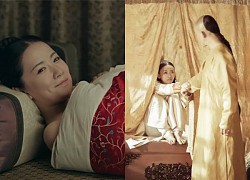 Hoàng Phúc09:47:26 08/01/2023It was a blessing to be blessed by the emperor, but the concubine had to follow many strict rules, including not being allowed to make any noises and had to lie still for the eunuch to check after the act. The Qing Dynasty was the last feudal dynasty in Chinese history. During...
Hoàng Phúc09:47:26 08/01/2023It was a blessing to be blessed by the emperor, but the concubine had to follow many strict rules, including not being allowed to make any noises and had to lie still for the eunuch to check after the act. The Qing Dynasty was the last feudal dynasty in Chinese history. During...

4 | 0 Discuss | Share
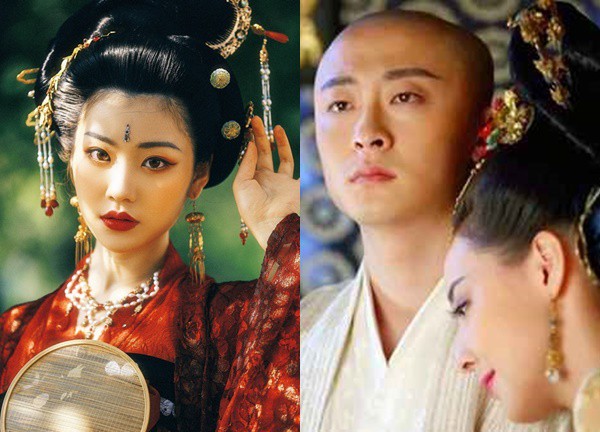
5 | 0 Discuss | Share
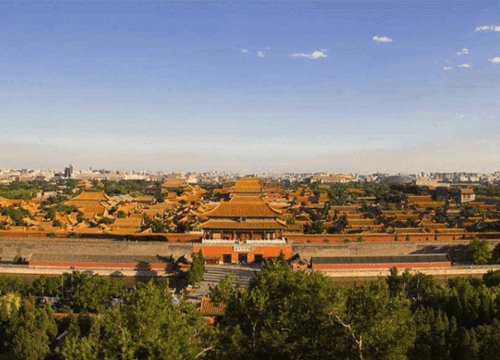
2 | 0 Discuss | Share
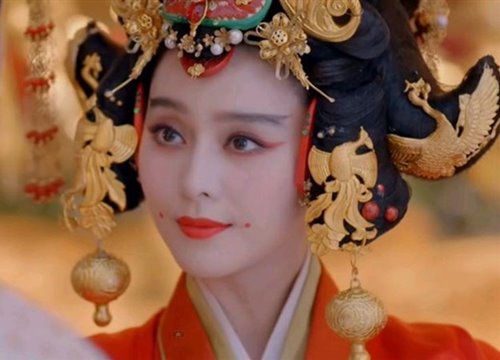
3 | 0 Discuss | Share
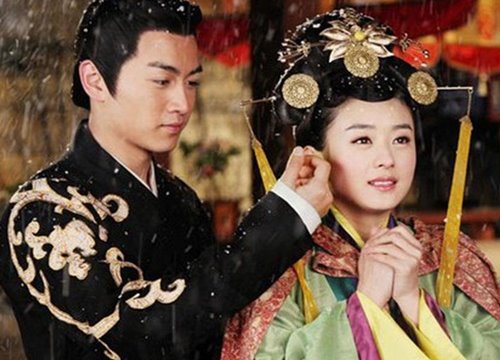
4 | 0 Discuss | Share
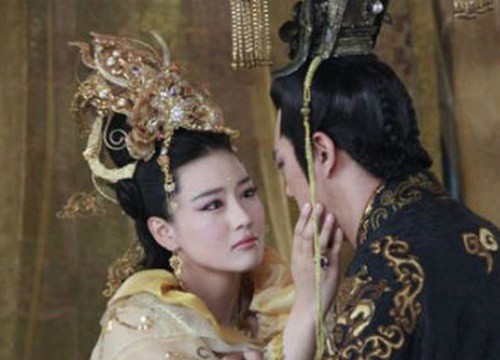
2 | 0 Discuss | Share
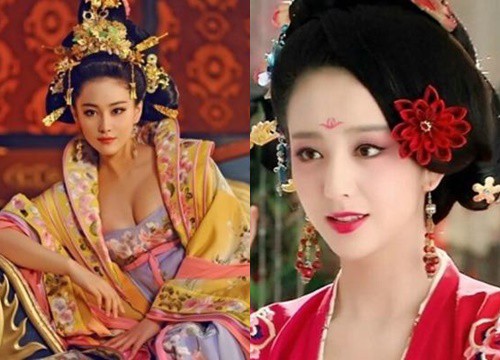
1 | 0 Discuss | Share
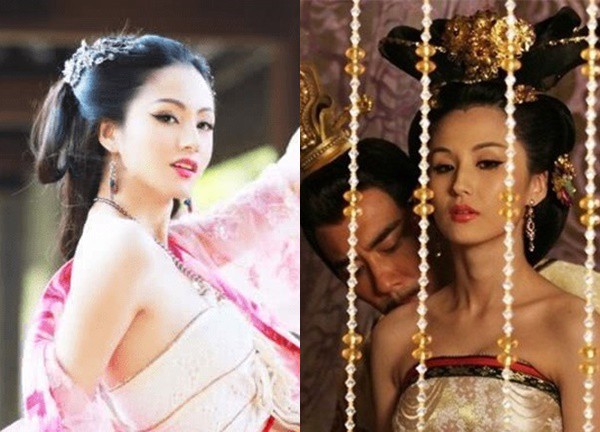
4 | 0 Discuss | Share
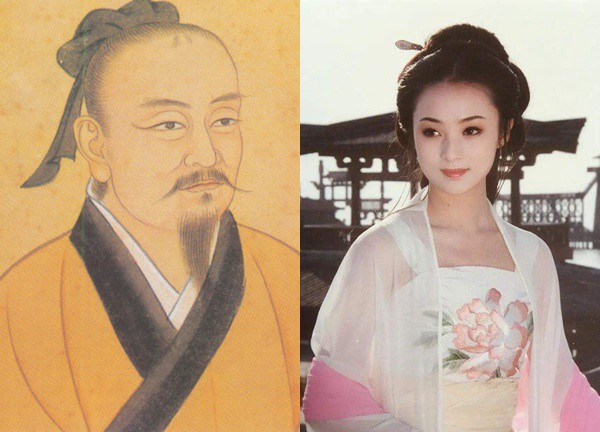
1 | 0 Discuss | Share
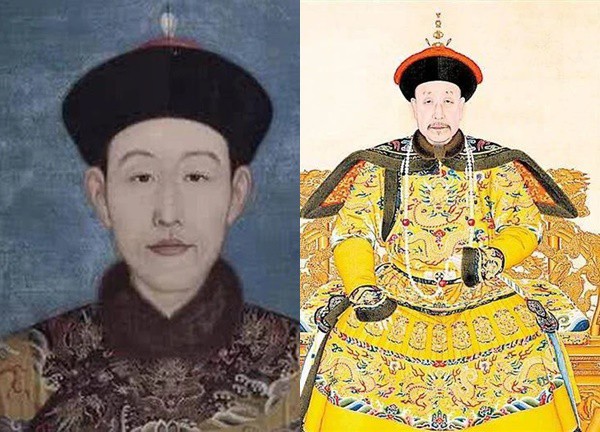
4 | 0 Discuss | Share
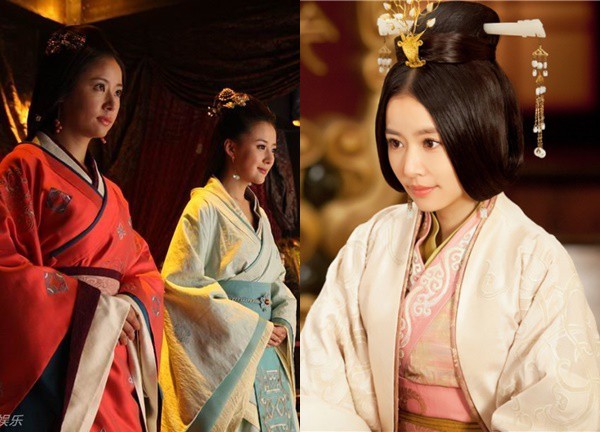
4 | 0 Discuss | Share
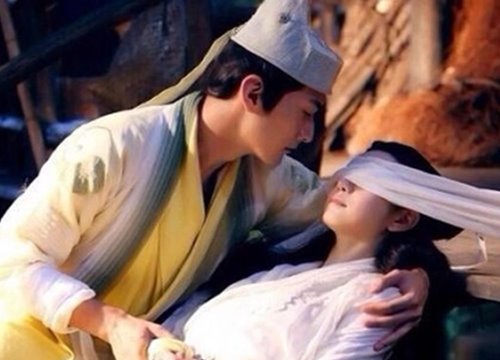
4 | 0 Discuss | Share










3 | 0 Discuss | Report